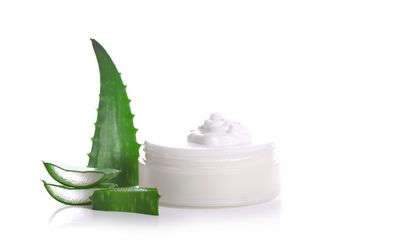Growing Houseplants for Medicine
Healing houseplants can be found in the most common of plant species. Below are five plants that can be grown indoors and used medicinally. One of the most popular medicinal houseplants, aloe vera leaves are handy for soothing minor burns, sunburn, rashes, and other skin conditions, thanks to its generous anti-inflammatory properties. The juice of an aloe plant may even brighten the skin and help prevent wrinkles. Basil is appreciated for its beautiful, bright green leaves, but basil tea may be an effective treatment for fever, coughs, and stomach complaints including nausea, stomach cramps, constipation, and gas. Basil leaves and juice have significant insecticidal qualities; just rub them on your skin to keep pests away. You can also chew basil leaves to strengthen your immune system or minimize the duration of a cold. Peppermint is aggressive and can be difficult to control outdoors, but this easy-to-grow plant is one of the best healing houseplants for minor digestive complaints, including infant colic. The flavorful tea made from fresh or dried peppermint leaves isn’t only good for the tummy; it also purifies the blood, and of course, freshens the breath. Traditionally, lemon balm has been used to calm the nerves, reduce tension, relieve headaches, treat mild insomnia, and minimize symptoms of cold and flu. Some herbalists believe lemon balm is an effective treatment for mild depression and anxiety. Thyme is valued for its culinary benefits, but thyme tea may relieve coughs, asthma, and bronchitis as well as sore throat, heartburn, arthritis, bad breath, and gum disease. Thyme has powerful antifungal properties and a lotion or poultice made of the leaves will sooth athlete’s foot, ringworm, and insect bites. Disclaimer: The content of this article is for educational and gardening purposes only. Before using ANY herb or plant for medicinal purposes, please consult a physician or a medical herbalist for advice.
